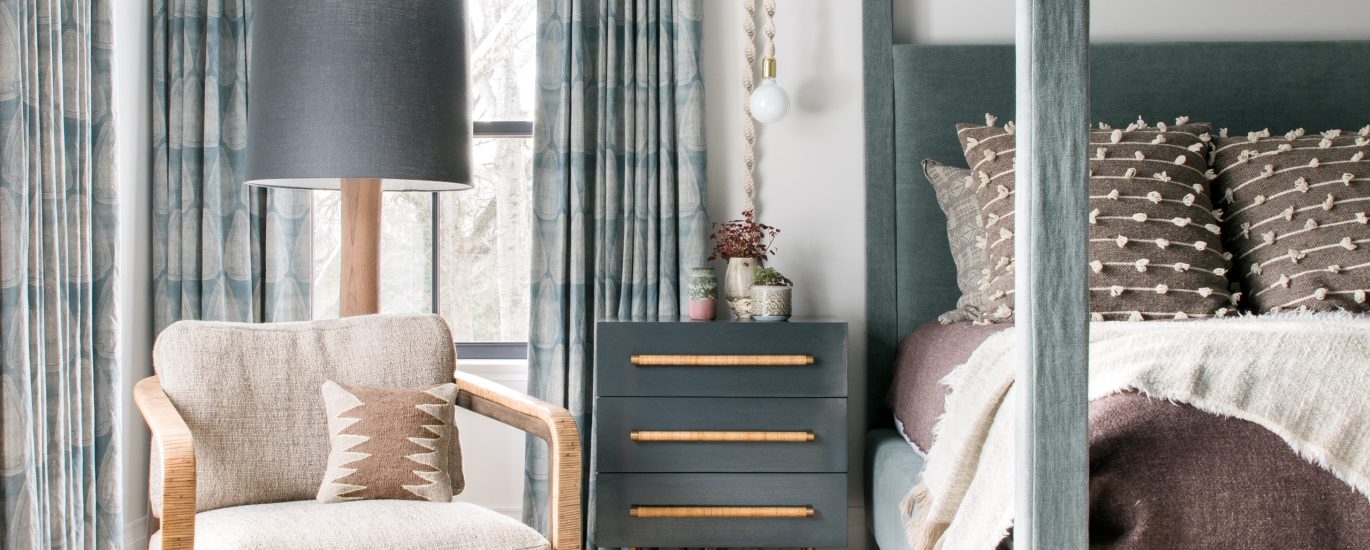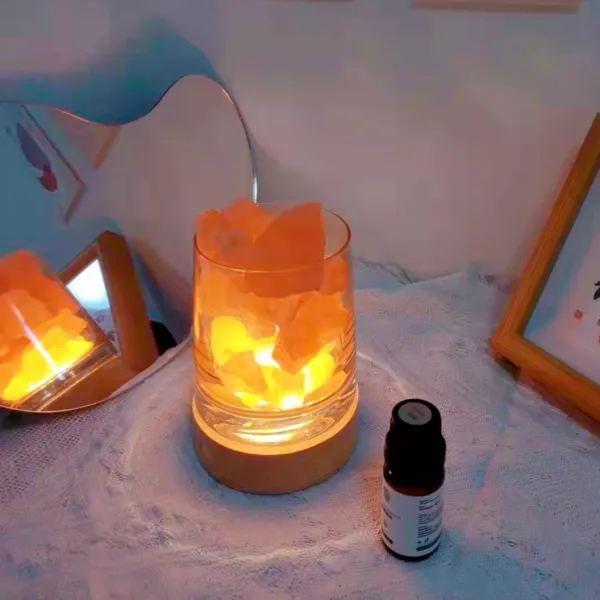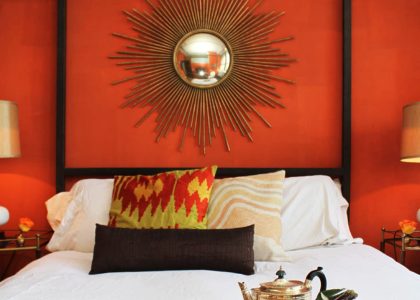Chair glides are a simple, yet effective way to protect your floors and furniture from scratches and dents. They’re easy to install and are available in many different styles. They’re especially helpful if you have hardwood floors and want to prevent scratches from chair legs.
Glides and pads can be made from a variety of materials, including rubber, plastic, felt, cork, metal and more. They come in various shapes and can be applied with peel-and-stick adhesives or mechanical fasteners.
Some chair glides are attached to the bottom of the leg, while others have a cap or sleeve that slides onto the leg. Both of these types are ideal for use on wooden chairs, though the cap-style designs may offer a more secure fit.
Felt base glides are an attractive alternative to standard glide bases, as they provide a softer cushioned feel for furniture and allow chairs to slide easily across floors without scratching or marring them. However, felt bases also tend to compress and harden over time. Once this happens, dirt can embed into the base and cause damage to your floor.
In the long run, felt bases will be more expensive than other conventional chair glides, so they’re best suited for short-term needs. They also can become noisy and difficult to reposition as dirt accumulates.
The best chair glides are designed for use on wood, vinyl or ceramic flooring. They create a soft barrier beneath furniture legs, reducing friction and allowing items to move quietly and easily across surfaces.
They also help to reduce noise by absorbing sound. This makes them a popular choice for schools and other educational settings.
Whether they’re plastic, metal or nylon, chair glides come in a range of sizes and shapes to suit all tastes. Some are round or square, while others have a sled-like design that fits sled-style tubed chair legs.
Another type of glide is a plastic or rubber one that’s specifically made for use on thin carpeting. It can be a good option for areas where your chair will be moved from room to room, such as a kitchen or bathroom, or if you have an area rug that extends over a hardwood floor.
If you don’t mind a slightly rougher surface for your chairs, a rubber or elastomer base can be a great solution for school or office environments. They’re quieter than adhesive-only options and can reduce the mobility of furniture, preventing students from leaning back and floating around classrooms or offices.
Casters are another popular choice for furniture that needs to be movable and moved often. They have a locking mechanism that allows the wheels to roll until the weight is applied, which can reduce the amount of force needed to move them.
They’re more durable than casters and can be a smart investment if you have heavy, large or oversized chairs that are frequently moved. They also provide a slight brake that prevents furniture from rolling away when pressure is removed.









